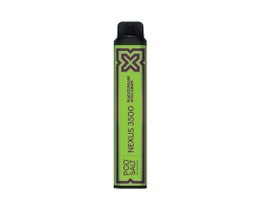As the battlefield transforms and modernizes, so too do the tactics employed by armed forces to maximize the effectiveness of their armoured military vehicles. From the rudimentary approaches of the past to the sophisticated strategies of today, the evolution armored cars Dubai has been a dynamic process driven by technological advancements, changing threats, and strategic innovations. This article explores the journey of armoured military vehicle tactics, from their inception as battlefield workhorses to their current role as guardians of the land.
Early utilization and mobility:
In the early days of armoured vehicles, mobility was key. During World War I, armoured cars were primarily employed for reconnaissance and scouting missions. Their speed and ability to navigate diverse terrains provided valuable information about enemy movements and terrain conditions. These vehicles relied on hit-and-run tactics, using their mobility to evade adversaries while relaying crucial intelligence to command centers.
Armoured assault and firepower:
With the advent of World War II, armoured vehicles evolved into potent offensive tools. Tanks, in particular, became symbols of armored might, capable of delivering devastating firepower and breaking through enemy lines. Blitzkrieg’s tactics demonstrated the effectiveness of combining tanks with infantry and air support, resulting in rapid advances and overwhelming enemies through concentrated force.
Combined arms warfare:
The evolution of armoured vehicle tactics continued with the rise of combined arms warfare. Modern armed forces recognized the synergy achieved by integrating different military branches and capabilities. Armoured vehicles played a central role in these combined arms approaches, working in coordination with infantry, artillery, and air support to achieve tactical objectives.
Maneuver warfare and flexibility:
As warfare shifted from the open fields of conventional battles to urban environments and asymmetrical conflicts, armoured vehicle tactics adapted accordingly. Maneuver warfare emerged as a dominant strategy, emphasizing flexibility, speed, and adaptability. Armoured vehicles became agile instruments of combat, capable of swiftly responding to dynamic threats and changing conditions.
Counterinsurgency and urban operations:
Armoured vehicles have proven invaluable in counterinsurgency campaigns and urban operations. Their robust protection and firepower enable armed forces to navigate complex urban landscapes while minimizing risks to personnel. Armoured vehicles are used for tasks such as patrolling, escorting convoys, and providing support to ground troops.


